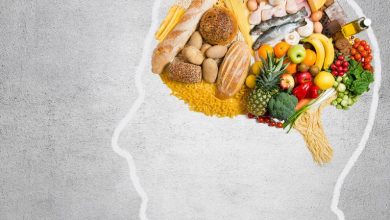Health News
What You Need To Know About Heart Attacks And Heart Disease
More than a million Americans have heart attacks each year...

A heart attack, or myocardial infarction (MI), is permanent damage to the heart muscle. “Myo” means muscle, “cardial” refers to the heart, and “infarction” means death of tissue due to lack of blood supply.
What Happens During a Heart Attack?
The heart muscle requires a constant supply of oxygen-rich blood to nourish it. The coronary arteries provide the heart with this critical blood supply. If you have coronary artery disease, those arteries become narrow and blood cannot flow as well as they should. Fatty matter, calcium, proteins, and inflammatory cells build up within the arteries to form plaques of different sizes. The plaque deposits are hard on the outside and soft and mushy on the inside.
When the plaque is hard, the outer shell cracks (plaque rupture), platelets (disc-shaped particles in the blood that aid clotting) come to the area, and blood clots form around the plaque. If a blood clot totally blocks the artery, the heart muscle becomes “starved” for oxygen. Within a short time, death of heart muscle cells occurs, causing permanent damage. This is a heart attack.
While it is unusual, a heart attack can also be caused by a spasm of a coronary artery. During a coronary spasm, the coronary arteries restrict or spasm on and off, reducing blood supply to the heart muscle (ischemia). It may occur at rest, and can even occur in people without significant coronary artery disease.
Each coronary artery supplies blood to a region of heart muscle. The amount of damage to the heart muscle depends on the size of the area supplied by the blocked artery and the time between injury and treatment.
Healing of the heart muscle begins soon after a heart attack and takes about eight weeks. Just like a skin wound, the heart’s wound heals and a scar will form in the damaged area. But, the new scar tissue does not contract. So, the heart’s pumping ability is lessened after a heart attack. The amount of lost pumping ability depends on the size and location of the scar.
Common symptoms of a heart attack include:
Discomfort, pressure, heaviness, or pain in the chest, arm, or below the breastbone
Discomfort radiating to the back, jaw, throat, or arm
Fullness, indigestion, or choking feeling (may feel like heartburn)
Sweating, nausea, vomiting, or dizziness
Extreme weakness, anxiety, or shortness of breath
Rapid or irregular heartbeats
During a heart attack, symptoms last 30 minutes or longer and are not relieved by rest or nitroglycerin under the tongue.
Some people have a heart attack without having any symptoms (a “silent” myocardial infarction). A silent MI can occur in anyone, but it is more common among people with diabetes.
What Do I Do if I Have a Heart Attack?
After a heart attack, quick treatment to open the blocked artery is essential to lessen the amount of damage. At the first signs of a heart attack, call for emergency treatment (usually 911). The best time to treat a heart attack is within one to two hours of the first onset of symptoms. Waiting longer increases the damage to your heart and reduces your chance of survival.
Keep in mind that chest discomfort can be described in many ways. It can occur in the chest or in the arms, back, or jaw. If you have symptoms, take notice. These are your heart disease warning signs. Seek medical care immediately.
How Is a Heart Attack Diagnosed?
To diagnose a heart attack, an emergency care team will ask you about your symptoms and begin to evaluate you. The diagnosis of the heart attack is based on your symptoms and test results. The goal of treatment is to treat you quickly and limit heart muscle damage.




